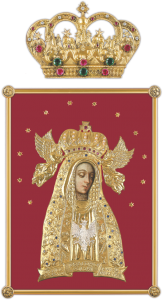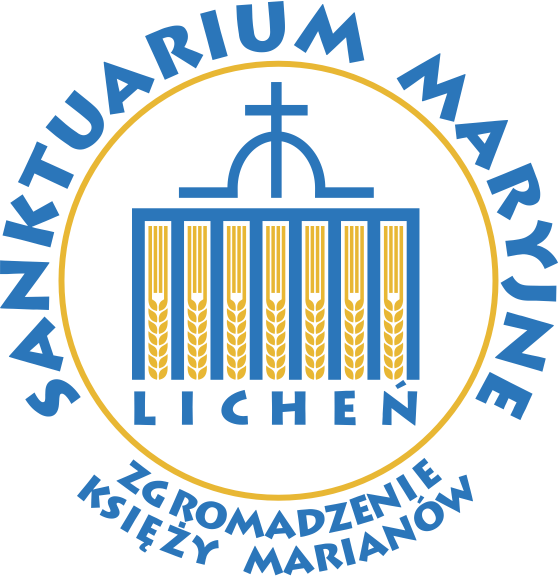1925 - 1939
It started with a few old coins, a few old maps and one autograph -
K. Ujejski ...
This is what Fr. Józef Jarzębowski (1897-1964), who was sent to work there. Performing there, apart from educational tasks, also taking care of the humanities workshop, he came up with the idea of establishing a school museum.
Thanks to the favor of the superiors and the priest's great passion, an extremely valuable collection was created there in just a few years. Especially the collection on the January Uprising has become one of the main sources of knowledge about the events of 1863/4.
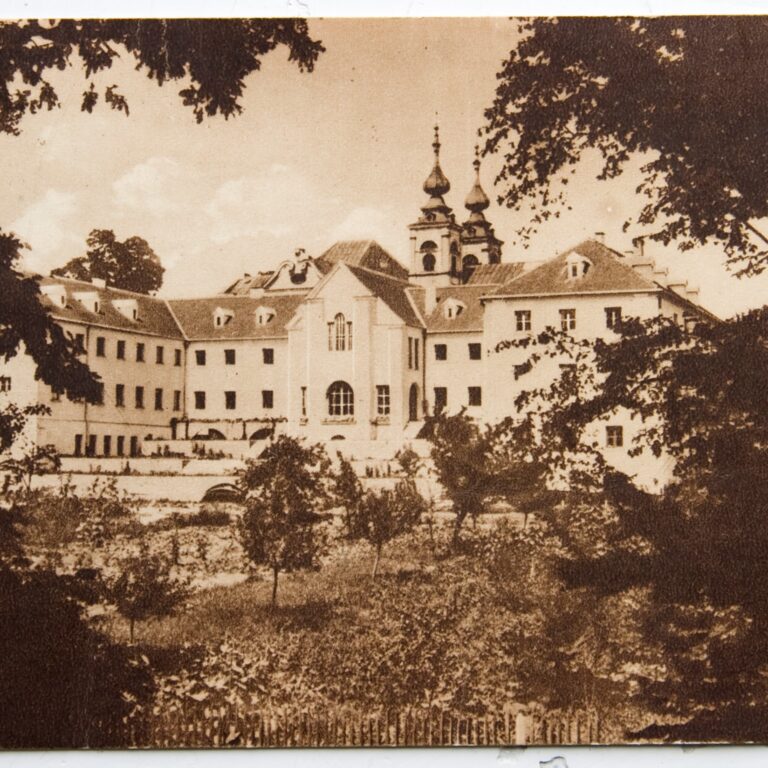
1939 -1950
Forced to leave Bielany in the first days of September 1939, at the behest of his superiors, he left Warsaw and went to the Marian house in Druya. He took the cimelia with him on his wandering - including the memorabilia of Traugutt - and entrusted part of the collection to his friends. He only reached Vilnius, because at the same time Lithuania was occupied by the Soviets. During the search, he put on Traugutt's glasses and thus saved them. Fearing about the further fate, in June 1940 he decided to hand over the removed collections to the declining diplomatic post of the Holy See with a request to send them further to the Polish Museum in Chicago as a deposit.
With the most valuable souvenirs he left through the Soviet Union, Japan (even while waiting for a visa to the USA, he used the time to buy flip-flops), and the United States to Mexico in November 1943.
For seven years at the Center for Polish Refugees in Santa Rosa, and then at the orphanage for Polish children in Tlalpan, he was at the same time a chaplain, headmaster of a gymnasium, teacher, squad in scouting, without giving up his collector's passion.
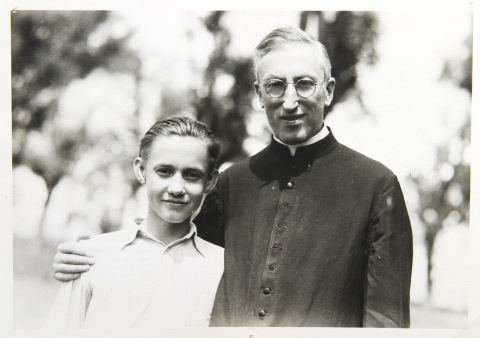
1950 - 2006
After more than a decade of wandering, the creator of the collection reached Great Britain, where - after three years of work in Hereford - on his initiative, in October 1953, the Fawley Court estate near London was purchased and in 1954 the College of Divine Mercy was moved there, where it was once again place for the museum.
The basis of the renewed exhibition were artifacts collected by you during the war. Among them were polonica, as well as artefacts from Japan and Mexico, and purchased through contacts with private collectors and antiquarians (including Emeryk Hutten-Czapski in Rome, Leon Dr. Truszkowski in Paris, Col. Tadeusz Rudnicki and Dr. Kilian in Nowe York and London and Ludwik Gocel from Krakow).
In the sense of the mission to save the national heritage, the collection of exhibits dispersed during the war from the museum in Bielany was started (legally and unofficially), because the establishment of the Yalta order in Central and Eastern Europe had shattered the hope of a quick return to a free homeland. The Bielany exhibits, coming to England from the end of the 1950s, gradually began to form the backbone of the museum's and library's collection again.
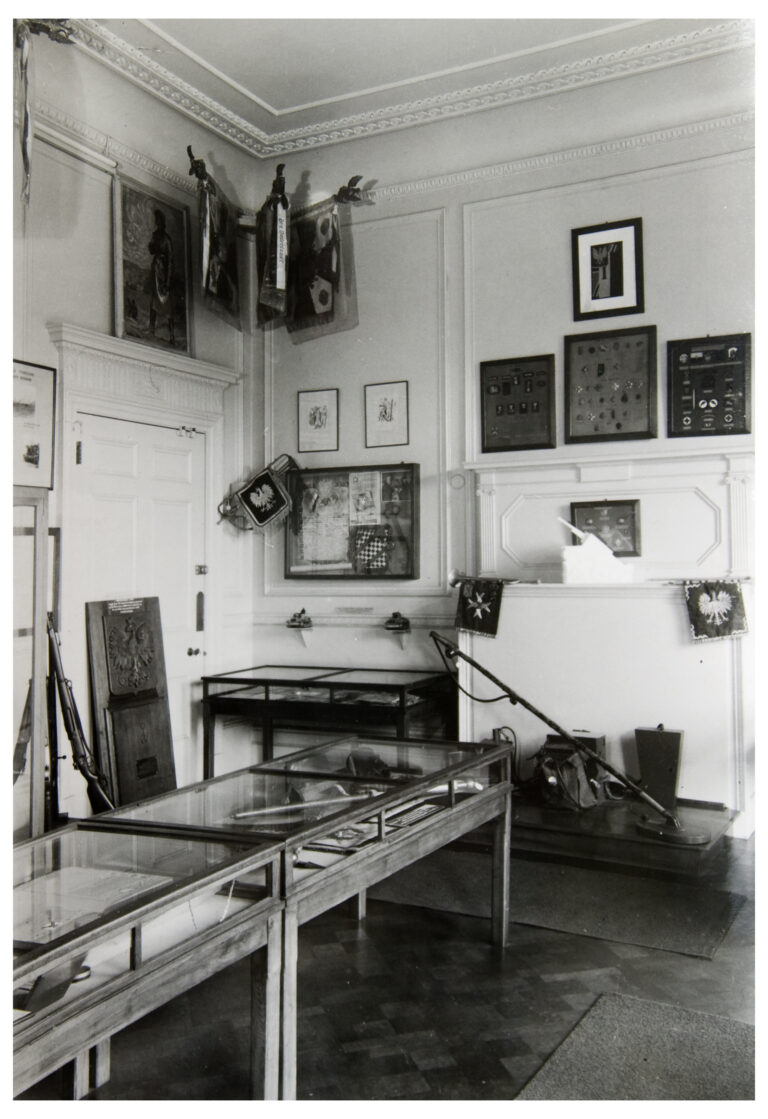
The numerous donations enriching the collection are dominated by personal memorabilia, testimonies of Poles' struggle on the fronts of World War II, documents and memorabilia related to the life of Polish emigration in the West and the struggle of Poles for independence in 1939-1945 and 1945-1989. Particularly noteworthy is the t-shirt in which Romek Strzałkowski tragically died, donated by his mother in 1960; memorabilia and documents of General Józef Haller, with whom Fr. Jarzębowski, donated by his son Eryk Haller - among them a ring with an engraved inscription: "Gdańsk 02/10/1920 Puck" (the general received two such rings from Józef Wybicki on behalf of the Polish Diaspora in Gdańsk in order to marry Poland with the Baltic Sea. One ring was thrown into the sea. in Puck on February 10, 1920, he wore the second in memory of the wedding of General Haller on his finger until his death). There were also two large donations of white weapons: in 1966, Polish colonel Witold Buchowski (among its most valuable exhibits are sabers from the 16th and first half of the 17th century), and in 1985, Eng. Zygmunt Stanisław Ipohorski-Lenkiewicz from Europe, Asia and Africa, a collection of several hundred objects, presents the richness of decorative arts and craftsmanship.
After the death of Fr. Jarzębowski On September 13, 1964, the care of the Museum was taken over by Rev. Paweł Jasiński (1922-2003) and then subsequent superiors of the Religious House in England. In 2002, Fr. Wojciech Jasiński, and Barbara Lejczak became the new curator.
In 1979, the Museum became one of the founding members of the permanent conference of Polish Museums, Libraries and Archives in the West. In 1982, the museum was registered and opened to visitors.
There was also a time of organizing, cataloging and processing the collections. The first guide to Fawley Court in Polish by Adolf Jacewicz is created. On the initiative of Maria Danilewicz-Zielińska, the cataloging of documents and old prints, previously organized by Fr. Piotr Miros. Since 1997, students and graduates of art history at the Catholic University of Lublin have been working on organizing art collections, cataloging and new arrangements of the exhibition. The employees of the Central Museum of Textiles in Łódź also participated in the work on the collection of fabrics. In 2000, the museum started cooperation with the National Library in Warsaw in order to organize and create a complete catalog of the museum's book collection, including manuscripts, old prints, documents, 19th-century leaflets and magazines. Thanks to the help of the Library and the sponsor - the Security Printing Works, the conservation of the most valuable manuscripts was also possible. In the following years, activities related to organizing the collection were continued and work on the modernization of the facility was commenced.
2007 - 2010
England was only supposed to be a stop on the way to Poland. Dreams of numerous war emigrants, including Fr. Jarzębowski, about returning to a free homeland did not come true. It was only with the decreasing number of students that the school was closed (in 1986), and when the cost of living increased disproportionately to the financial capacity of the Religious House, which also coincided with the decreasing interest of the museum, it was decided to sell the palace and move the collection to Licheń to provide them with the possibility of further exhibition for a disproportionately larger number of visitors.
Here it received the name of its founder as it is a continuation of the Museum at the Congregation of Marian Fathers Gymnasium in Bielany in Warsaw and the College of Divine Mercy in Fawley Court in Great Britain, established in 1925.
The collection consists of several thousand exhibits that constitute a unique set of objects. It is a kind of record of Polish history and culture made of polonica scattered around the world, and its fate is a kind of a pendant of Poland's turbulent history.
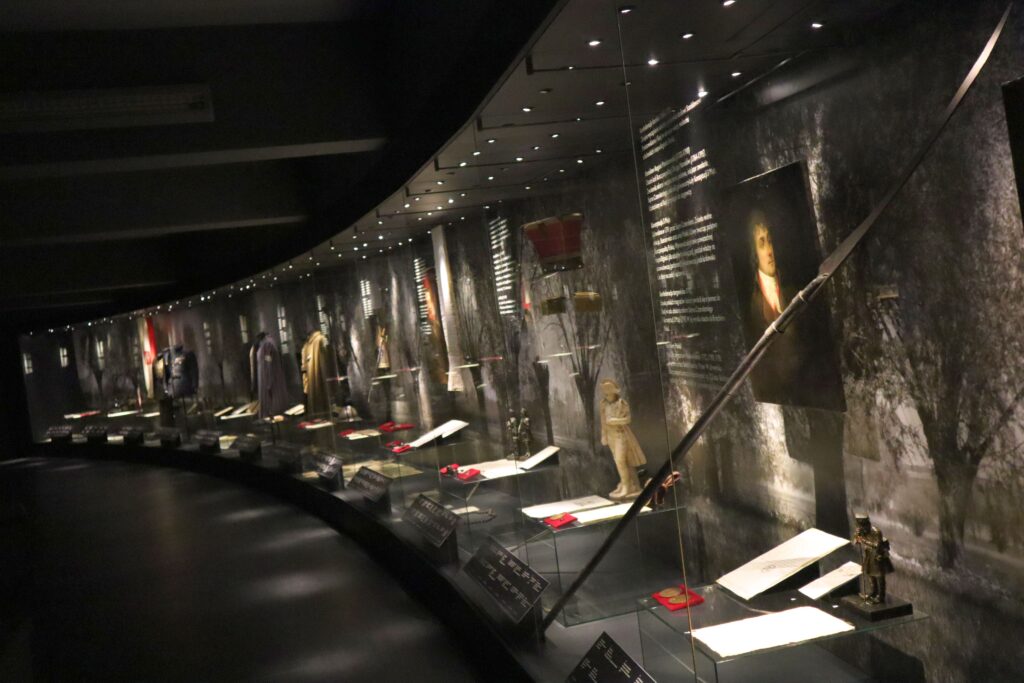
July 2, 2010 a permanent exhibition was opened. At that time, Wojciech Luchowski was the museum's custodian. Apart from her, exhibitions are still organized to commemorate anniversaries of national historical events, great figures of Polish history and culture, despite the fact that the vernissages at Pentecost have been abandoned. The museum, which quickly exceeded the needs of the school and survived its closure, continues to conduct educational activities, without neglecting the popularization and scientific study of the constantly enlarged collections.
Account numbers banking
Account number PL
59 1320 1449 2769 6770 2000 0004
Numer konta Wesprzyj
05 1240 1415 1111 0011 4321 6635
FOR DONORS FROM ABROAD
MORE INFORMATION HERE
